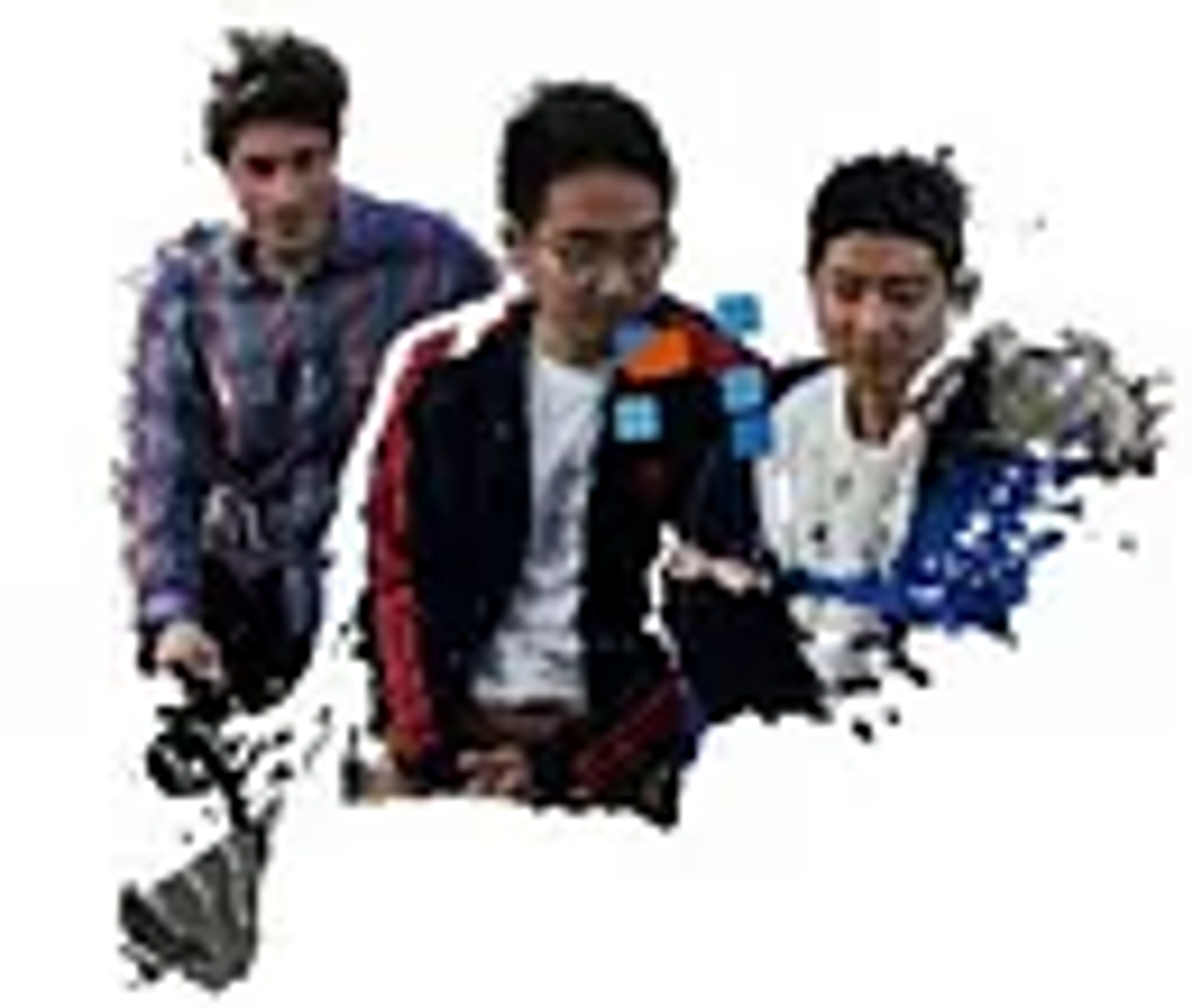Two papers have been accepted to IEEE TPAMI. TPAMI has the highest impact factor across all computer science categories (the second-highest impact factor of all IEEE publications). As of 2019, the impact factor of TPAMI is 17.861.
Paper 1
Title: Dense Relational Image Captioning via Multi-task Triple-Stream Networks
Authors: Dong-Jin Kim (KAIST), Tae-Hyun Oh (POSTECH), Jinsoo Choi (Apple), In So Kweon (KAIST)
Abstract
Paper 2
Title: Robust and Efficient Estimation of Relative Pose for Cameras on Selfie Sticks
Authors: Kyungdon Joo (UNIST), Hongdong Li (ANU), Tae-Hyun Oh (POSTECH), In So Kweon (KAIST)
(Corresponding author: Tae-Hyun Oh)
Abstract
Taking selfies has become one of the major photographic trends of our time. In this study, we focus on the selfie stick, on which a camera is mounted to take selfies. We observe that a camera on a selfie stick typically travels through a particular type of trajectory around a sphere. Based on this finding, we propose a robust, efficient, and optimal estimation method for relative camera pose between two images captured by a camera mounted on a selfie stick. We exploit the special geometric structure of camera motion constrained by a selfie stick and define this motion as spherical joint motion. Utilizing a novel parametrization and calibration scheme, we demonstrate that the pose estimation problem can be reduced to a 3-degrees of freedom (DoF) search problem, instead of a generic 6-DoF problem. This facilitates the derivation of an efficient branch-and-bound optimization method that guarantees a global optimal solution, even in the presence of outliers. Furthermore, as a simplified case of spherical joint motion, we introduce selfie motion, which has a fewer number of DoF than spherical joint motion. We validate the performance and guaranteed optimality of our method on both synthetic and real-world data. Additionally, we demonstrate the applicability of the proposed method for two applications: refocusing and stylization.

